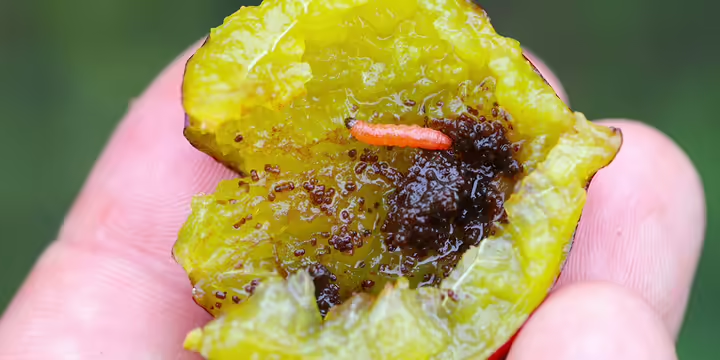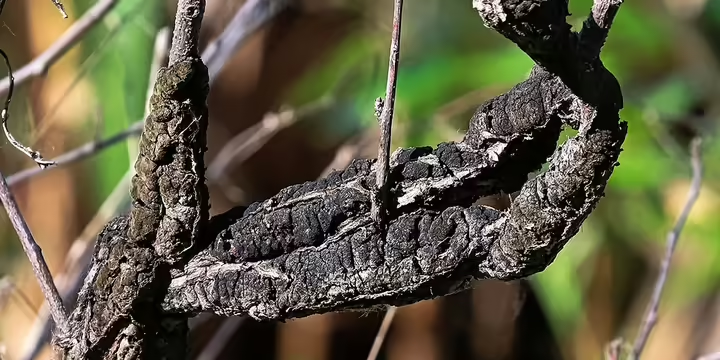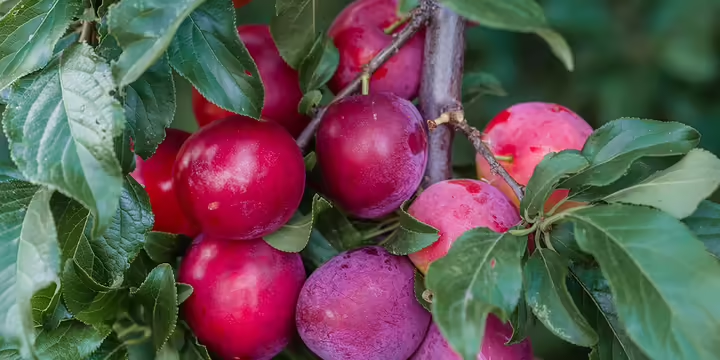Growing Plum Trees
Plums will grow in Illinois, but European types are suggested over Japanese types and hybrids for northern Illinois. Select varieties that are winter hardy, and have some bacterial leaf spot resistance. Most European plum varieties are grafted on Myrobalan rootstocks, some on Sand Cherry rootstocks, and St. Julian A dwarfing rootstocks. Planting and care for plums is similar to cherries. Prune mature European plum trees sparingly.
Suggested varieties include 'Stanley,' 'Dietz,' 'Yellow Egg,' 'Bluefre,' 'Green Gage' ('Reine Claude'), and 'Damson' ('Shropshire'). Plant any two of these European types for cross-pollination.
The most serious problem on plums in Illinois is black knot disease, which is difficult to control. European type plums will not cross-pollinate Japanese type plums. Japanese type plums can be grown in central and southern parts of the state but not in northern Illinois as they are less winter hardy. Japanese plums are grafted on Myrobalan and semi-dwarf Marianna rootstocks. They require more severe pruning than European type plums and the center of the tree need to be open. The suggested varieties include 'Methley,' and 'Ozark Premier.'
Pruning European-type Plums
The central-leader system is suggested for European-type plums such as ‘Stanley,’ ‘Damson,’ ‘Bluefre,’ and ‘Green Gage.’ For standard trees, the lowest scaffold should be 20 to 25 inches from the ground and vertical spacing of scaffolds along the trunk should be 5 to 10 inches apart, in clusters about 24 inches apart, or in a combination of clusters and spaced branches. Select 7 to 10 scaffolds distributed around the trunk. The trunk should be 6 to 8 feet tall when the structure is complete.
For dwarf trees shorten the vertical distance be- tween scaffolds to 3 to 6 inches and shorten the trunk to 4 to 6 feet. The number of scaffolds should be about the same as for standard trees.
Training young European-type plum trees. See the section on pruning semi-dwarf apples for detailed directions on pruning at planting time and during the first 5 years after planting. Modify the trunk height, number of scaffolds, and vertical spacing of the scaffolds along the trunk as suggested above.
Pruning bearing European-type plum trees. In early bearing years, the European-type plums usually do not require much pruning. They are spur-type trees without a great deal of lateral branching. While young, they are not as likely to become too dense.
As they get older, moderate pruning is needed to maintain vigor and keep the bearing wood productive. Both shortening and thinning-out cuts will be needed. Avoid heavy pruning. European-type plums have difficulty overcoming the shock of heavy pruning.


